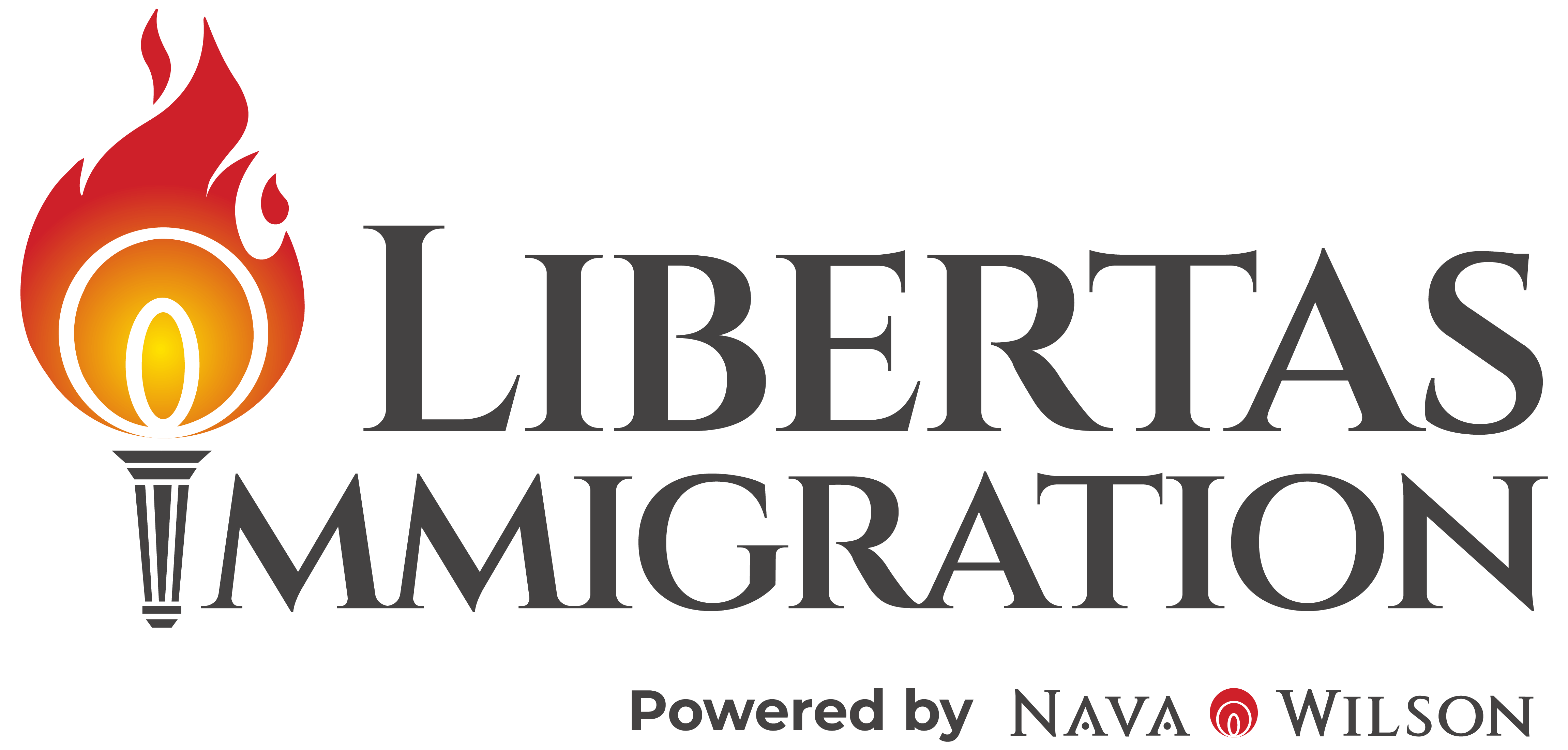Are you an employer in Canada seeking to hire foreign workers or a foreign worker looking to work in Canada? Understanding the Labour Market Impact Assessment (LMIA) process is crucial. In this guide, we’ll delve into the key aspects of LMIA, including its purpose, application process, and important considerations to improve your chances of success.
What is a Labour Market Impact Assessment (LMIA)?
A Labour Market Impact Assessment (LMIA) is a document that Canadian employers may require before hiring foreign workers. Its purpose is to evaluate the impact of hiring a foreign worker on the Canadian labour market. A positive LMIA demonstrates the need for a foreign worker to fill a specific job and verifies the unavailability of Canadian workers or permanent residents for the position.
LMIA Application Process:
The first step in the application process is to figure out if you need an LMIA. Although, most employers need an LMIA before hiring a temporary foreign worker. The LMIA application process also depends on the type of program you’re hiring through:
- high-wage workers
- low-wage workers
- workers through the Seasonal Agricultural Worker Program
- workers through the Agricultural Stream
To see if you and the temporary foreign worker you want to hire are exempt from needing an LMIA or work permit, do one of the following:
- review the LMIA exemption codes and work permit exemptions
- select the LMIA exemption or work permit code that seems most relevant to your hiring situation and read the detailed description
- if an exemption code applies to you, you’ll need to include it in your offer of employment
or
- contact the International Mobility Workers Unit if you’re hiring a temporary foreign worker who is both
- currently outside Canada
- from a country whose nationals are visa-exempt.
Factors Considered in LMIA Assessment:
ESDC assesses your LMIA application based on several factors to ensure compliance with federal and provincial/territorial employment laws. These factors include:
- Active engagement in the relevant business field.
- Alignment of the job offer with the employer’s needs.
- Demonstrated ability to fulfill the job offer’s terms.
- Adherence to employment regulations in the respective province/territory.
Additional Considerations for LMIA Approval:
ESDC also considers the following aspects when assessing an employment offer:
- Verification of the employment’s authenticity.
- Documentation of reasonable recruitment efforts targeting Canadians or permanent residents.
- Consultation with relevant unions and professional associations, along with their letter of consent for hiring a foreign worker.
- Potential job creation or retention for Canadian citizens or permanent residents.
- Transfer of skills and knowledge to benefit Canadians and permanent residents.
- Addressing existing labour shortages.
- Fair wages and favourable working conditions.
Advertising Requirements for LMIA:
To support your LMIA application, fulfill the advertising requirements outlined by ESDC:
- Advertise the job for a minimum of four weeks within the three-month period preceding the LMIA application.
- Include specific information in the job advertisement:
- Company operating name and business address.
- Position title and job duties (if multiple vacancies).
- Employment terms and language of work.
- Wage information (including incremental raises, performance pay, or bonuses).
- Benefits package details (if applicable).
- Location(s) of work.
- Contact information: telephone, cell phone, email, fax, or mailing address.
- Skills requirements, including education and work experience.
Ongoing Recruitment Efforts and Record-Keeping:
Employers must demonstrate ongoing recruitment efforts and maintain records for at least six years. These records may be inspected by ESDC to verify compliance with the Immigration and Refugee Protection Regulations (IRPR). Examples of acceptable recruitment methods include:
- Advertising on recognized internet recruitment sites.
- Utilizing trade journals, newsletters, or national newspapers.
- Consulting unions or professional associations.
- Utilizing the Government of Canada’s National Job Bank or equivalents in certain provinces/territories.
- Advertising in relevant newspapers, journals, newsletters, or free local newspapers.
Next steps after obtaining an LMIA:
Once an LMIA has been issued, you should provide a copy of the confirmation letter to each temporary foreign worker and tell each of them to apply for a work permit.
To apply for a work permit, a worker needs:
- A job offer letter;
- a contract;
- a copy of the LMIA; and
- the LMIA number.
Understanding the LMIA process is essential for employers in Canada who wish to hire foreign workers. By adhering to the LMIA requirements, submitting a well-prepared application, and fulfilling advertising obligations, you can enhance your chances of obtaining a positive LMIA and supporting your workforce needs effectively.

